They Were Dangerous, But What Did We Know, We Were Kids Having Fun and Celebrating the 4th of July!
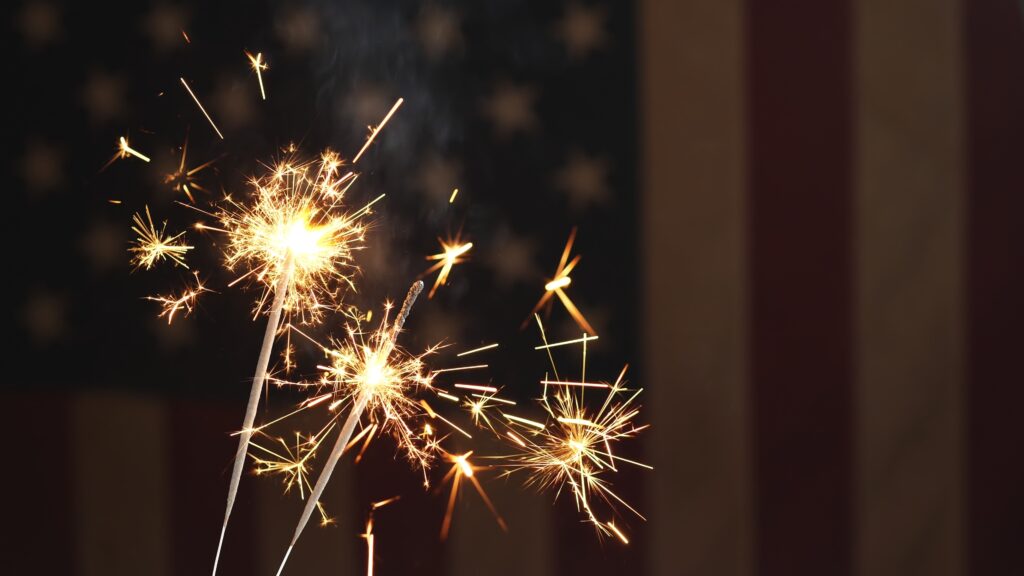
Once the star attraction of backyard Fourth of July parties, these old-school fireworks have slowly disappeared from store shelves as states crack down on injuries and fire risks. For many of us, the smell of spent powder and the crackle of cheap fuses are pure nostalgia, but regulators remember emergency-room visits, lost fingers, and brush fires. Below, you’ll find a bittersweet look at five childhood favorites, what made them thrilling, and the hard lessons that led to their bans.
Roman Candles
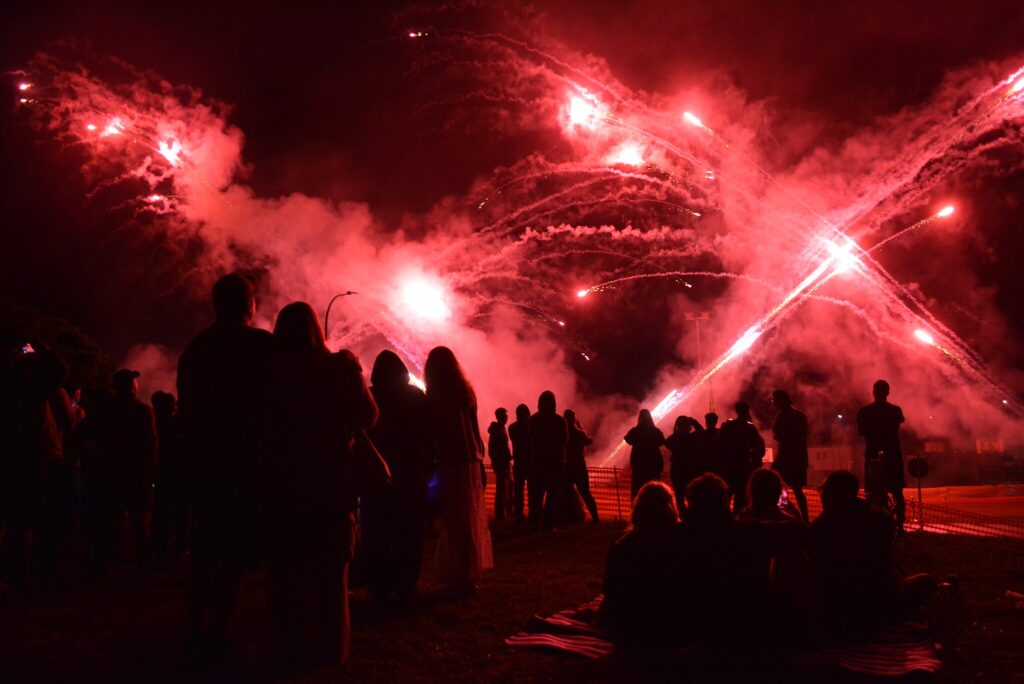
Roman candles looked harmless enough—just a cardboard tube you could hold like a magic wand—but their colorful flame balls hid a nasty temper. Kids loved counting each glowing orb as it arced skyward, while parents hovered with a garden hose nearby. A single dud or a clogged tube, though, could turn the candle into a sideways flamethrower, sending embers across lawns and onto spectators.
Because of that unpredictability, at least a dozen states prohibit Roman candles outright, including California, Florida, New York, Maryland, and North Carolina. Fire officials point to house fires started by misfires, along with burn cases that cover everything from scorched shirts to third-degree hand injuries. Even when used exactly as directed, Roman candles eject sparks hot enough to ignite dry grass within seconds, which is why insurers and safety boards pushed for wider bans.
Bottle Rockets
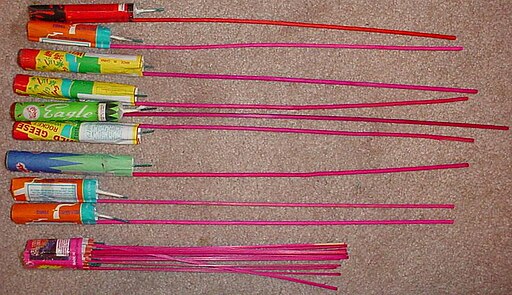
Tiny, cheap, and devil-may-care, bottle rockets were the gateway drug of fireworks for countless teenagers. A soda bottle, a lighter, and a clear driveway were all you needed for that whistling climb and abrupt pop. Part of the thrill was never knowing where a rocket would land—on the beach, in a tree, or, if luck ran out, on the neighbor’s garage roof.
That erratic flight path made lawmakers nervous long before droughts and wildfire seasons became headline news. States such as California, Minnesota, New York, Vermont, and Washington list bottle rockets among prohibited “stick” fireworks, citing dozens of annual eye injuries and roof fires. Investigators link them to garage blazes, scorched fields, and several corneal lacerations when wayward rockets veered into crowds. The whistling sound may scream summer, but the liability screams lawsuit.
Firecrackers
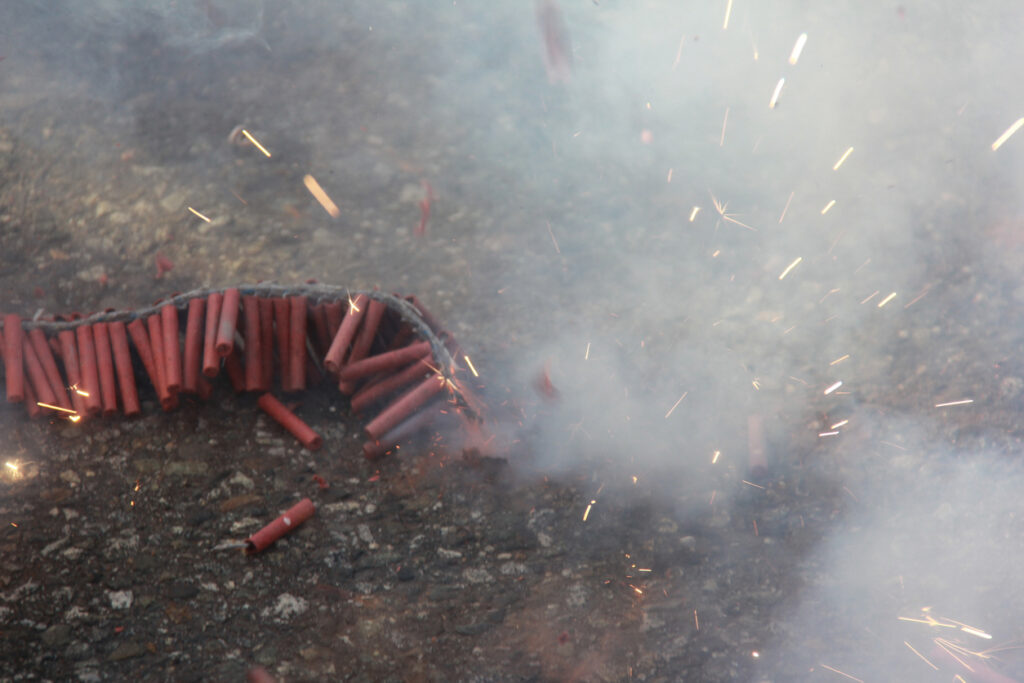
Few sounds capture Independence Day like an entire roll of firecrackers rattling off in rapid succession. Those red cylinders promised instantaneous chaos, and packs were cheap enough that kids could line the sidewalk with mini explosions all afternoon. The downside was equally rapid—shredded fingertips, ruptured eardrums, and terrified pets bolting through screen doors.
Today, Illinois, New Jersey, New York, Vermont, and West Virginia ban consumer sale of all firecrackers, while the federal limit on explosive powder keeps high-powered versions off the market nationwide. Safety reports note that firecrackers account for roughly one in five fireworks injuries treated each July, often involving fingers, hands, and face. Misuse in homemade pipe bombs and mailbox “pranks” sealed their reputation as more trouble than their brief crackle is worth.
Cherry Bombs
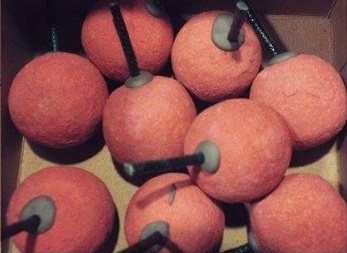
Ask anyone over 60 what the scariest childhood firework was, and cherry bombs win by a mile. These cherry-red spheres packed several times the flash powder of legal firecrackers, producing a boom that rattled windows and nerves alike. Teens slid them under metal trash-can lids or into school toilets for a rebellious thrill, and sometimes lost skin in the process.
The Consumer Product Safety Commission pulled the plug in 1966, making cherry bombs illegal in all 50 states. Emergency-room logs had become a horror show—severed fingertips, perforated eardrums, even partial blindness. Since the ban, occasional black-market cherry bombs still surface, and the injuries that follow only reinforce why the federal government keeps them off store shelves entirely.
Skyrockets (Missile-Style)
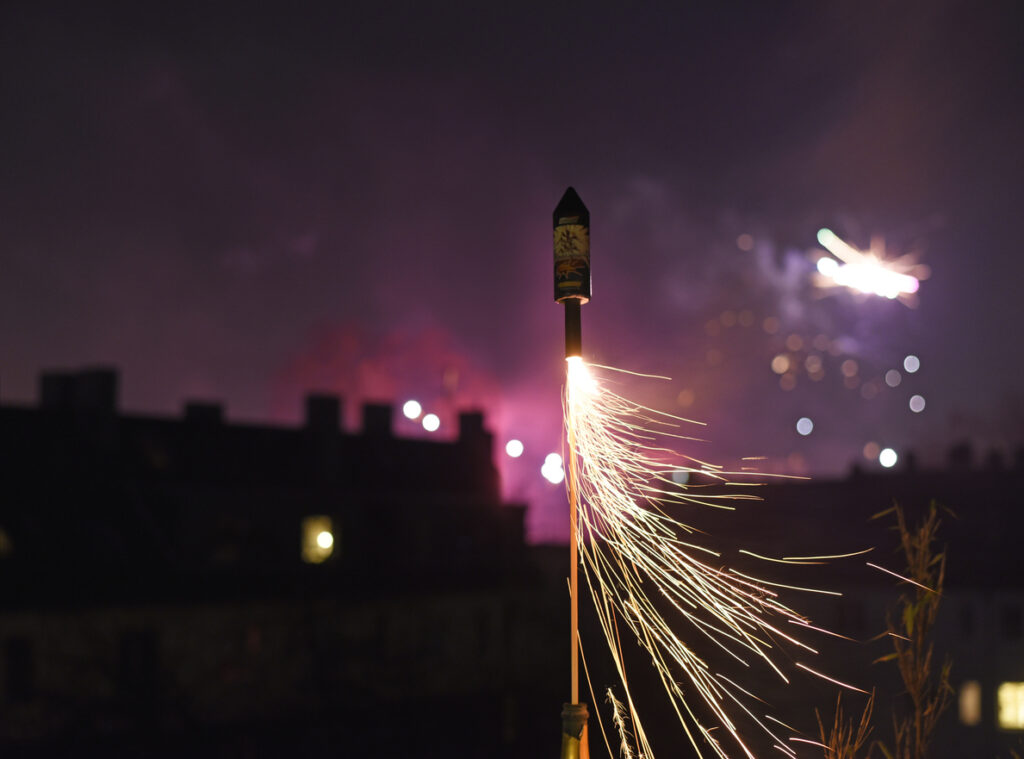
Picture a bottle rocket on steroids and you’ve got a skyrocket. Longer sticks, bigger engines, and shell tops meant these missiles could clear tree lines before bursting into a shower of sparks. The higher altitude felt more professional, but the heavier payload made bad landings far more dangerous. A mis-angled base could send a burning shell into second-story windows or tinder-dry canopies.
States including California, Massachusetts, Minnesota, New York, Rhode Island, and Vermont label missile-style skyrockets contraband for consumers. Fire investigators regularly trace roof, attic, and brush fires back to spent shells landing hot and intact. Because they reach heights that amateur users can’t reliably track, skyrocket debris often smolders unnoticed until flame breaks out hours later—one reason fire departments lobby hard to keep them off the retail racks.
Bottom line:
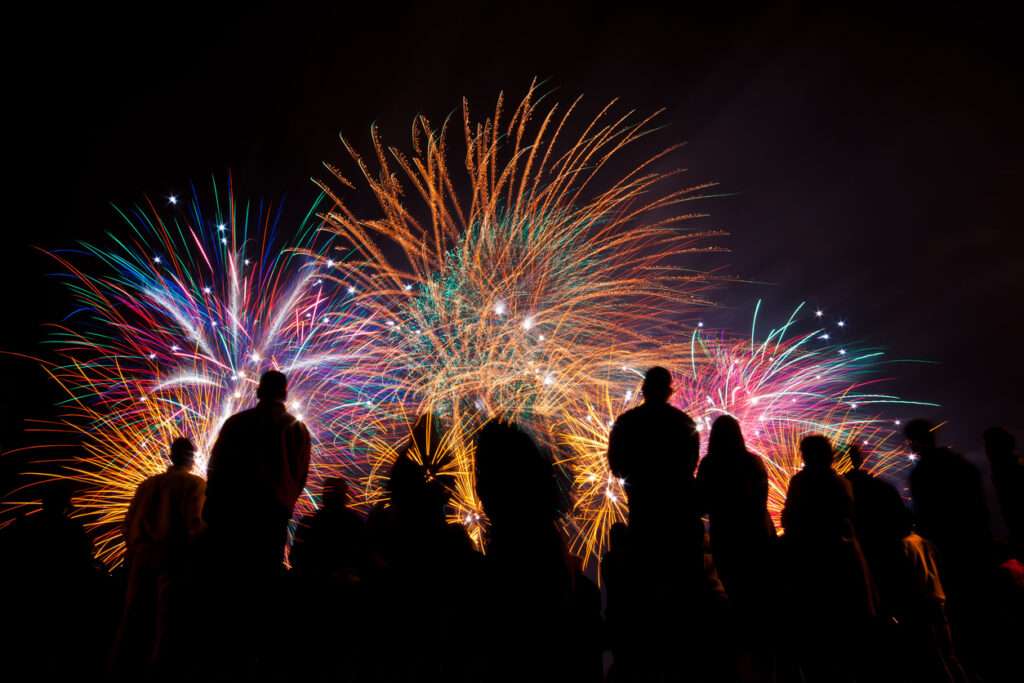
The fireworks that made childhood summers unforgettable also filled far too many hospital beds and burned far too many rooftops. Remember them fondly, but let the bans remind us why safer celebrations, professional shows, glow sticks, or even a sparkler fountain are often the wiser choice.
They lit up our childhood summers and cracked open the sky with wonder. But those same backyard fireworks that once dazzled us have now landed on the wrong side of the law in many parts of the country. While we remember the thrill of lighting them off, states and federal regulators remember the ER visits, wildfires, and neighborhood chaos they caused. Here are five classic fireworks that used to be staples of Independence Day celebrations and why they’re banned in so many places today.
This article, 5 Classic Fireworks We All Loved Are Now Banned in Half the U.S. was first published on dailyfetch.net.


